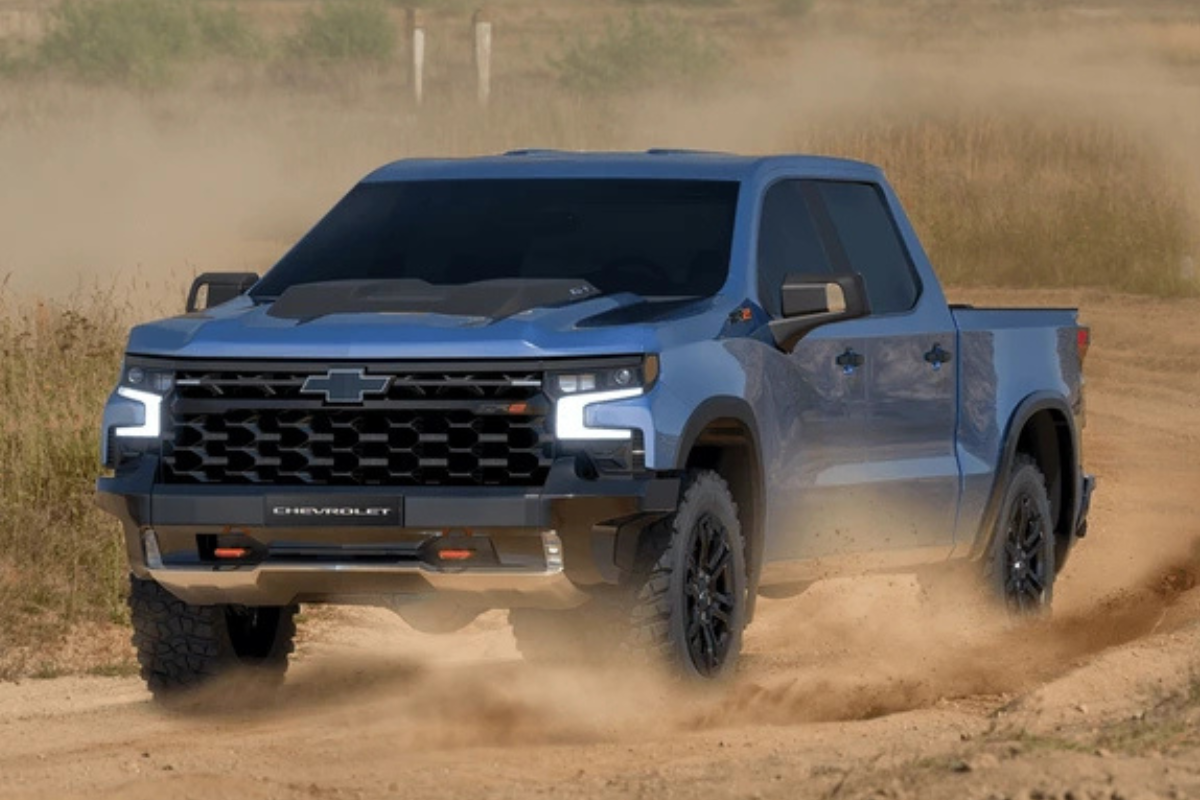Ben Welham
February 4, 2025

Ben Welham
February 4, 2025

2022 Chevrolet Silverado ZR2 In The Desert
"Then there's the testing. GM didn't just run this truck around a few dirt roads and call it a day. They beat on it. Hard"
The ZR2 isn’t some half-hearted badge job or marketing exercise. It’s what happens when engineers get let off the leash with a proper budget and a point to prove.
Those Multimatic DSSV dampers? Pure race tech, straight from the motorsport world. The armor package isn’t just some thin metal for show – it’s tested against impacts that would cripple lesser trucks. When the engineering team could have phoned it in with basic upgrades, they went and built something that’s ready for absolute carnage.
The story starts with a question nobody at GM was asking: what if we built a truck that could actually take a beating? Not just marketing fluff about “capability,” but genuine, abuse-it-all-day toughness. While the competition was busy stuffing bigger engines into their trucks, GM’s engineers were obsessing over suspension geometry and approach angles.
Enter those Multimatic dampers. If you’re wondering why a truck needs the same shock technology as a Formula One car, you’re asking the wrong question. The right question is why nobody did it sooner. These aren’t just fancy dampers – they’re basically mechanical computers, processing terrain faster than you can think about it. Hit a jump at 60mph?
They’ve already figured out how to land it. Slam into a rock bed? They’re ten steps ahead of you.
But fancy dampers mean nothing without a truck tough enough to use them. GM didn’t just strengthen the chassis – they basically rebuilt it from the ground up. The front differential isn’t just locked – it’s been enhanced to handle the kind of force that would snap a normal diff in half.
The underbody armor isn’t just bolted on – it’s integrated into the design, tested against impacts that would shred a standard truck’s belly.
The 6.2-liter V8 isn’t new, but what they’ve done with it is. It’s not about the 420 horsepower – anyone can add power.
This is about control, about harnessing every single horse and unleashing it exactly when and where it matters. The transmission mapping is specific to off-road use. The traction control doesn’t just manage wheel slip – it monitors wheel slip and surface conditions, adjusting power delivery to match what you’re driving over.
Even the approach and departure angles tell a story. GM could have just lifted a regular Silverado and called it good. Instead, they redesigned the front end, moved things around, and created angles that let you tackle obstacles that would leave other trucks stuck and embarrassed.
Then there’s the testing. GM didn’t just run this truck around a few dirt roads and call it a day. They beat on it. Hard.
The kind of testing that breaks things, fixes them, then breaks them againuntil they don’t break anymore. The development team wasn’t trying to match the competition – they were trying to build something indestructible that would make the competition irrelevant.
In a market full of trucks that talk the talk, GM built one that walks the walk. The ZR2 isn’t just a trim package or a marketing exercise – it’s a statement of intent. And that intent is clear: build the most capable factory truck possible, no compromises, no excuses. Job done.